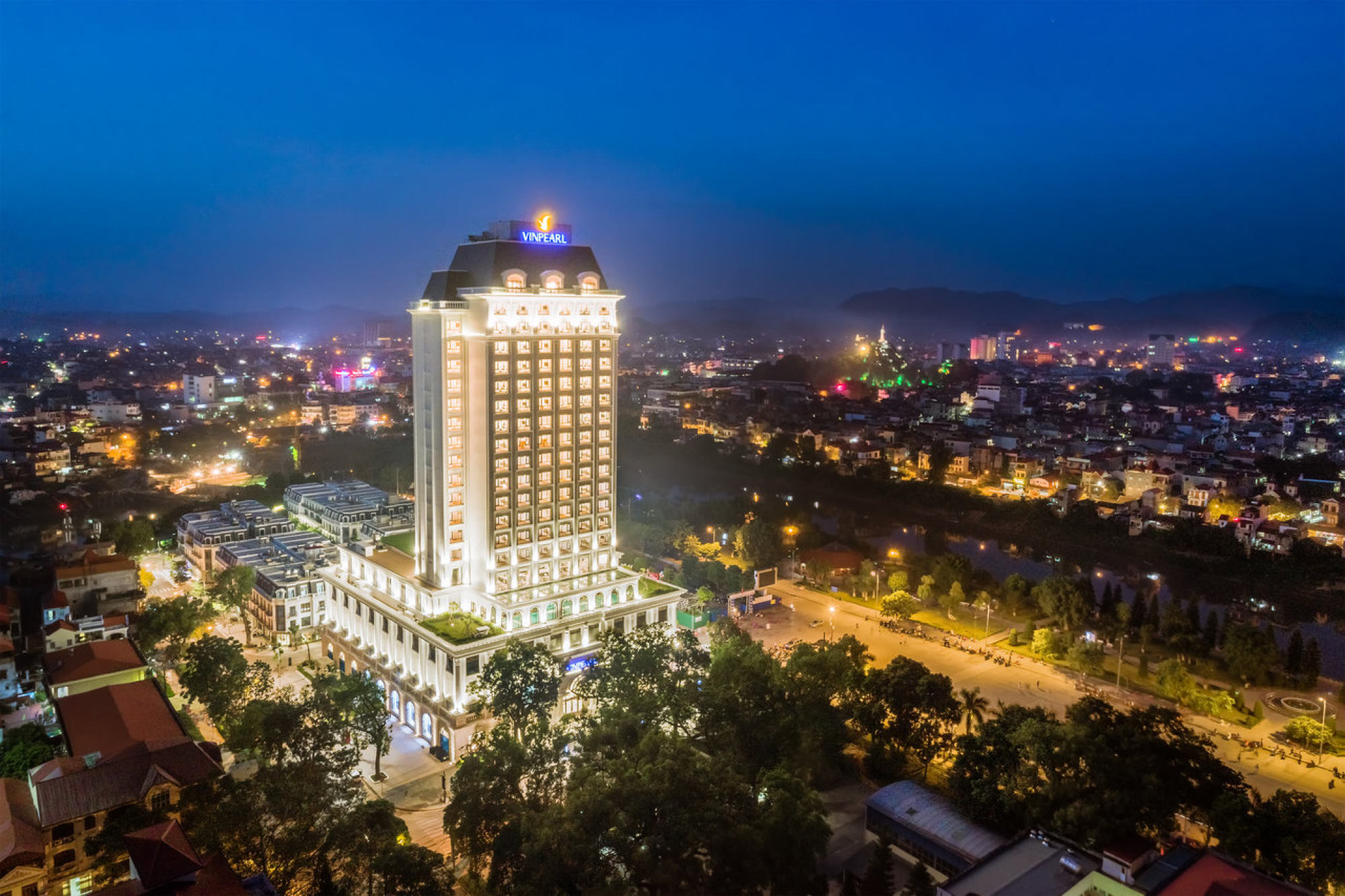
Chinese tourists missing out as global tourism resumes – will they ever return in numbers again?
- Just as Chinese tourism was blossoming again – domestically, at least – along came Omicron. Now local hotspots are feeling the pinch once more
- One website theorises that outbound travel restrictions imposed during the pandemic may be here to stay
Like blood infused into a drained body, international visitors are being pumped back around the world by the heartbeat that is tourism.
But as North Americans reacquaint themselves with the Caribbean, Australians with Bali and northern Europeans with anywhere where the sun shines, there is one significant guest missing from the party: the Chinese tourist.
No one group of punters has been more crucial to global tourism in the past decade than the Chinese, who spent US$260 billion or so on their travels in 2019, more than anyone else. But despite the unexpected cutting of quarantine periods on June 28, the government’s zero-Covid quest will probably prevent many of those Alipay and WeChat Pay apps from being flashed in the world’s boutiques again anytime soon.
Until recently, the world’s loss had been China’s gain, with the Chinese scratching their itchy feet domestically, especially at the hottest of the country’s hotspots.
“Few Chinese destinations benefited as directly from the collapse of outbound tourism in 2020 as Hainan,” reported online platform Jing Culture and Commerce in early 2021. “As domestic tourism gathered momentum in the latter months of the year, the subtropical island’s comfortable environment and duty-free shopping captured tourists who, in recent years, have sought out regional destinations.”
Last August, CNN Travel reported that online travel provider Trip.com Group had “seen an uptick in bookings for bucket list destinations like Shanghai Disney, Beijing’s Forbidden City and The Great Wall of China”.

Then came Omicron. As outbreaks outbroke in Shanghai and other cities, the authorities were quick to impose lockdowns. With its wealthiest citizens fully grounded, China’s tourism centres began to feel the pinch – and continue to do so.
“While most residents in Shanghai, Beijing and other lockdown-affected cities have been free to travel around their hometowns since early June, venturing beyond the city limits is another matter as regions across the country continue to enforce quarantine and other restrictions on outsiders,” reported the Financial Times on June 18. “The result has been an ever-shifting patchwork of ad hoc local quarantines that are dissuading tourism and business travel across the world’s second-largest economy.”
Shanghai was affected more than any other city this spring – with 25 million residents forced to stay at home and most businesses having been disrupted for two months or more (restaurants – at least in low-risk areas of the city – were allowed to let diners eat in again only from June 29). As a result, tourist destinations both popular and obscure currently view visitors from the port city with suspicion, fearing they may be carrying the virus.
I travelled for 41 hours instead of 17 to save US$1,500. Was it worth it?
“Two popular tourist destinations – Sanya, on tropical Hainan, and Dali, in southwestern Yunnan – require arrivals from the hub to serve, respectively, three- and seven-day quarantines before they can begin their holidays in earnest,” reports the Financial Times.
Beijingers may have had a slightly easier time of it than the Shanghainese, but visitors from the capital are treated much the same by wary hosts.
“Dali enforces a seven-day quarantine for Beijing arrivals while Nantong, a second-tier city in eastern Jiangsu province, asks people from the capital to isolate for three days.”

Circumstances change quickly, of course, and an optimist might hope that the worst of Covid-19 is behind us. But the recent suggestion of a suggestion (denials have been made) by a senior Communist Party official that the zero-Covid policy could be maintained in Beijing for the next five years isn’t a promising sign.
Whatever the timescale and however patchy the recovery, it stands to reason that the likes of Hainan, Harbin and Xinjiang will benefit from the returning tourist yuan sooner than international destinations. But there are some who wonder whether Chinese tourists will ever again venture abroad in numbers.
Under the headline, “Is the era of free movement for Chinese citizens coming to an end?”, the Quartz website theorises that outbound travel restrictions imposed during the pandemic may be here to stay: “Citing [a speech by President Xi Jinping], China’s immigration authorities [in May] said that they will strictly limit ‘non-essential’ outbound travel and will take a rigorous approach to issuing travel documents. Chinese citizens will need to have ‘essential’ reasons such as study, business operations, or medical needs to get the necessary documents.”
Stunning new monument in Sydney highlights city’s Aboriginal history
Whether this will be a permanent state of affairs remains to be seen, but Wolfgang Georg Arlt, for one, thinks not.
As an article on the travel industry news site Skift predicts, “A ‘strong wave’ in Chinese outbound travel will begin again in 2023 and return to 2019 numbers by 2024, according to new projections from [the China Outbound Tourism Research Institute].”
The report quotes Arlt, CEO of the institute, as saying that while initial travel would mostly be to nearby destinations, pent-up demand and unspent travel money would also see a significant number of long-haul trips from 2023: “Those would essentially be non-leisure travel, like grandparents coming to see newborns living in Europe during the pandemic or the Chinese investor who wants to employ a new general manager.”
Still, we think we can safely place Mr Arlt in the optimists’ camp.
Vietnamese city on China’s border to get first international hotel

It’s not quite Guangxi, but it’s as near as you’re going to get while China’s borders remain closed.
Lang Son, at the northern end of Vietnam’s National Route 1, is within spitting distance of the border with the Guangxi Zhuang autonomous region and is known as a gateway to China. Geography has ensured that the city and its ancient citadel have been fought over many times throughout history, and were the site of three French defeats, to Chinese and Japanese forces, during the colonial era.
It may not be an obvious destination for the international visitor to Vietnam, but it will soon have its credentials burnished by having its first internationally branded hotel.
Champagne, caviar and massages aboard Vietnam’s first luxury train carriage
Eight of local hospitality chain Vinpearl’s hotels across the country are being rebadged with a variety of Marriott International brand names. One of them is the 21-storey Vinpearl Hotel Lang Son – “offering panoramic views of the surrounding forests and mountains”, according to the press release – which will become the Four Points by Sheraton Lang Son, “catering to the needs of today’s everyday traveller through its vintage modern design, stylish comfort, authentic sense of the local, and genuine service”.
We don’t know about you, but “vintage modern design” and “authentic sense of the local” sound to us like real-estate-type jargon designed to obfuscate rather than illuminate. Not that we would say no to a visit.

